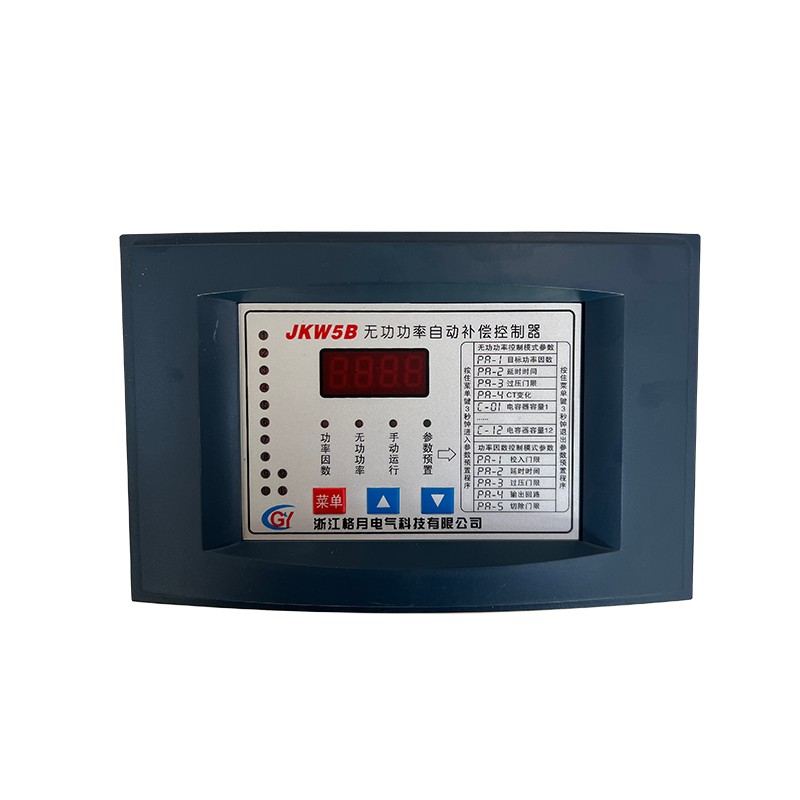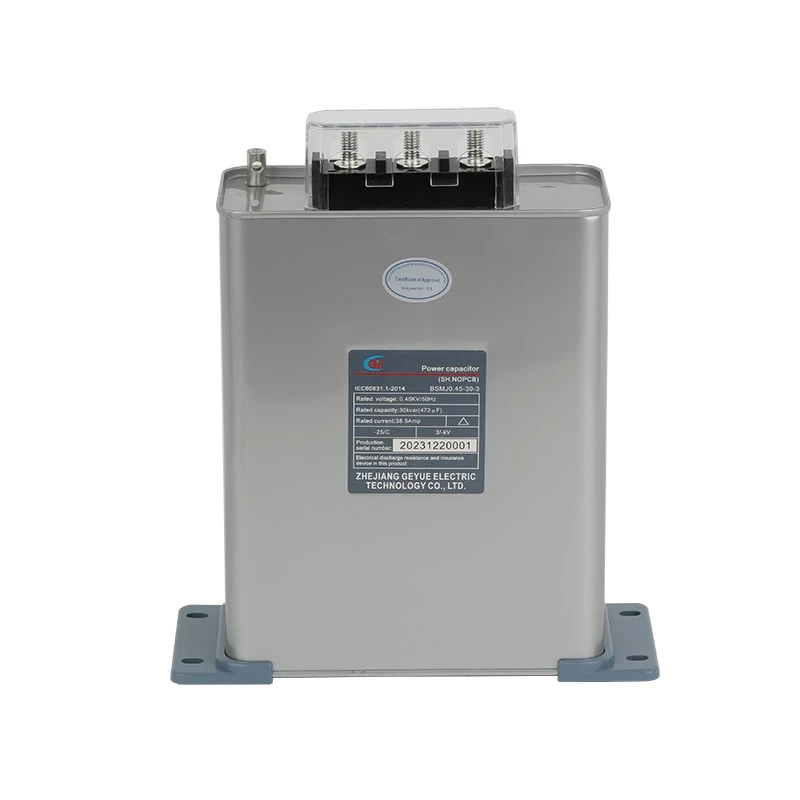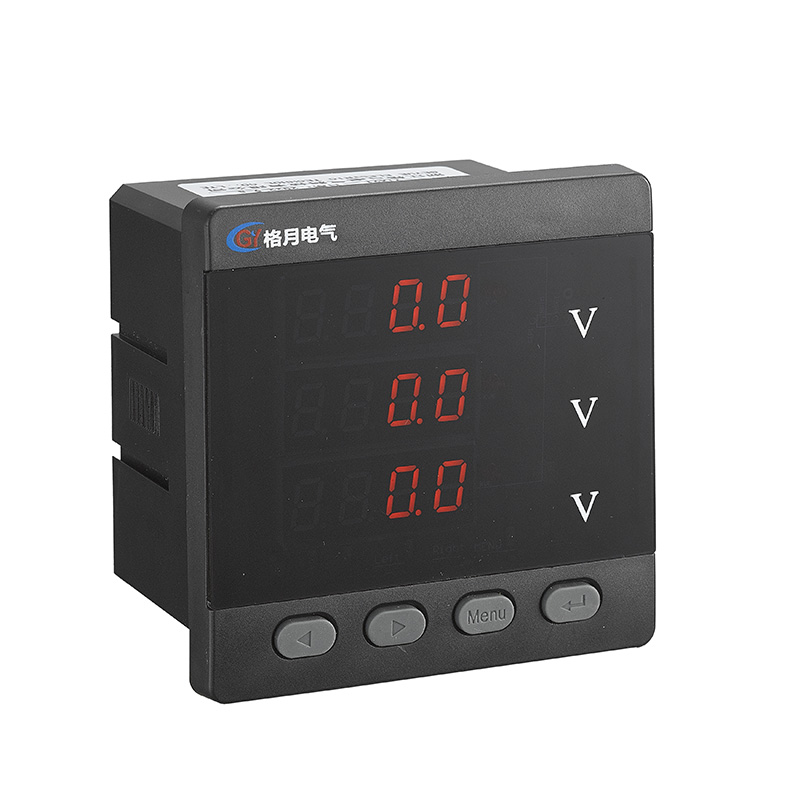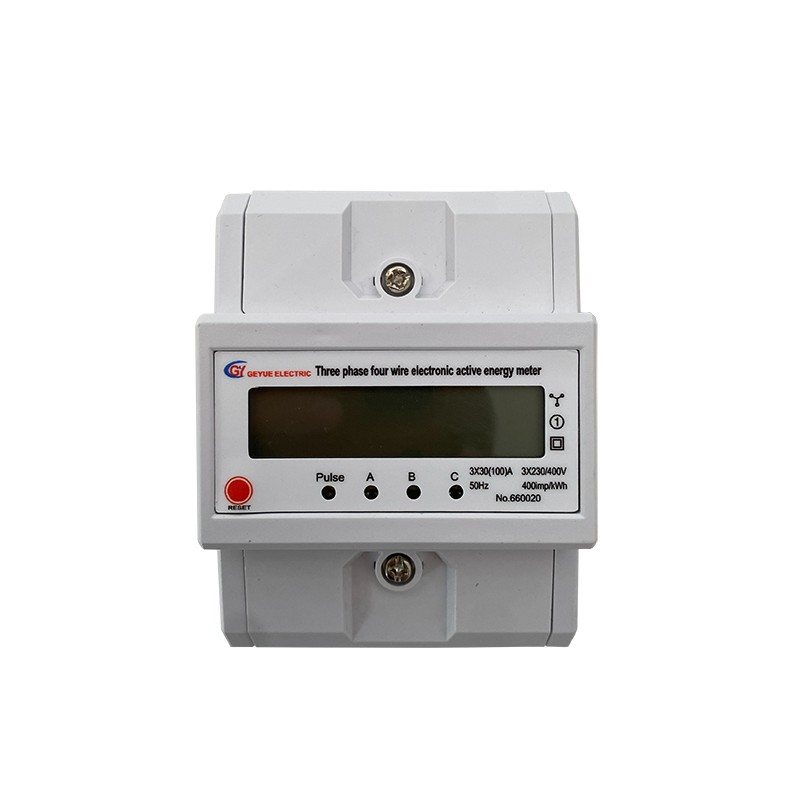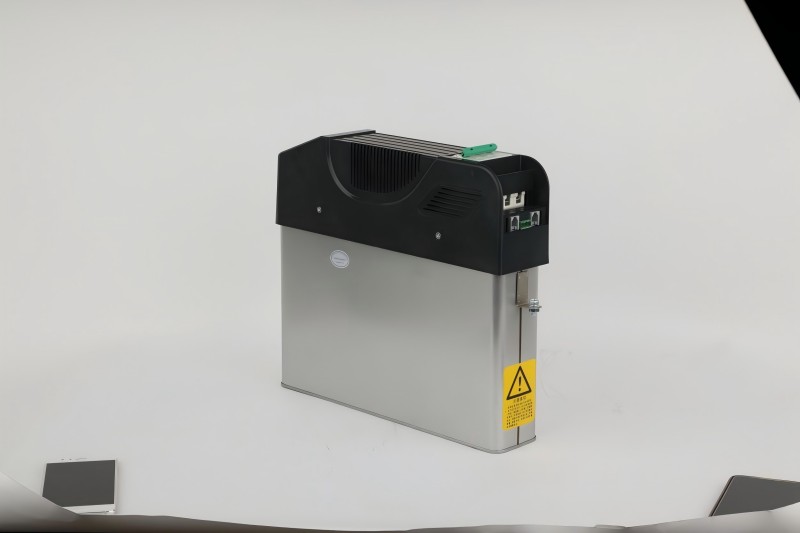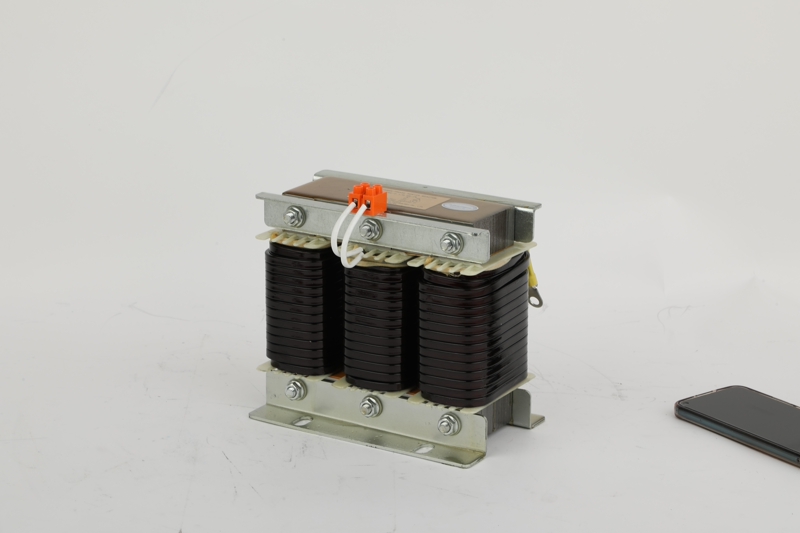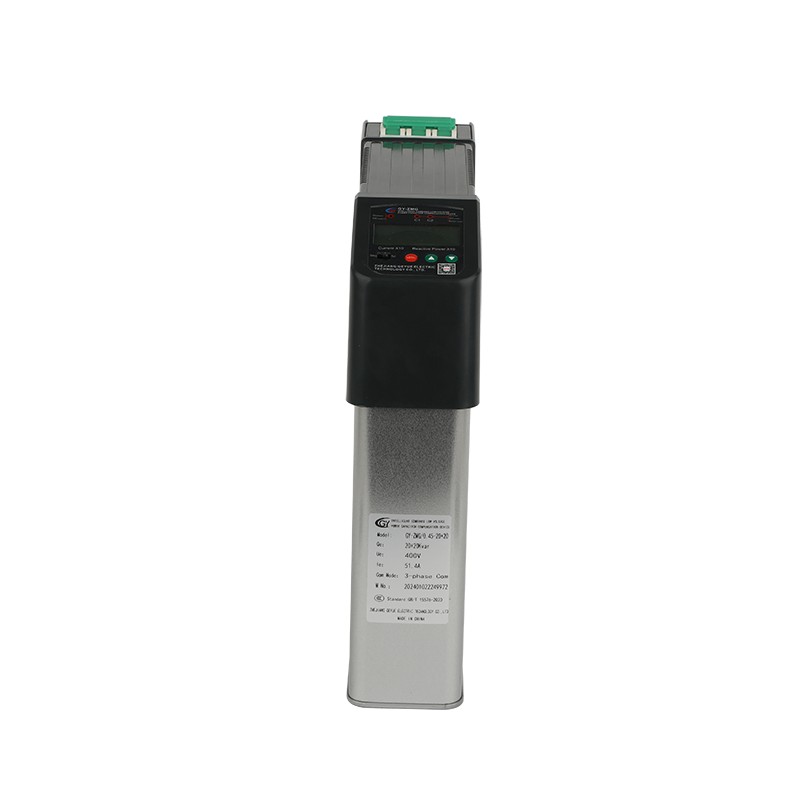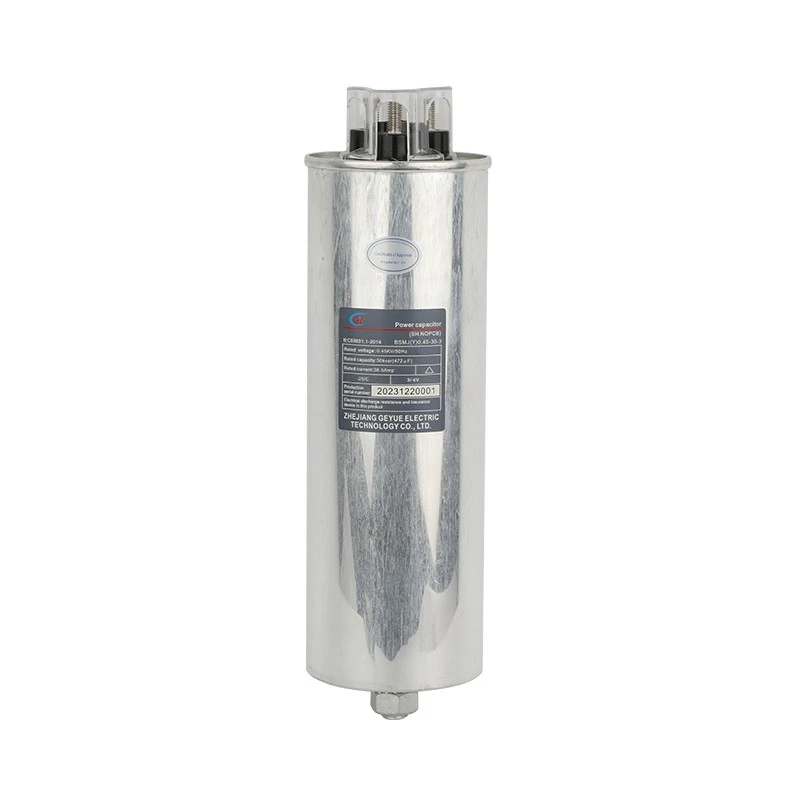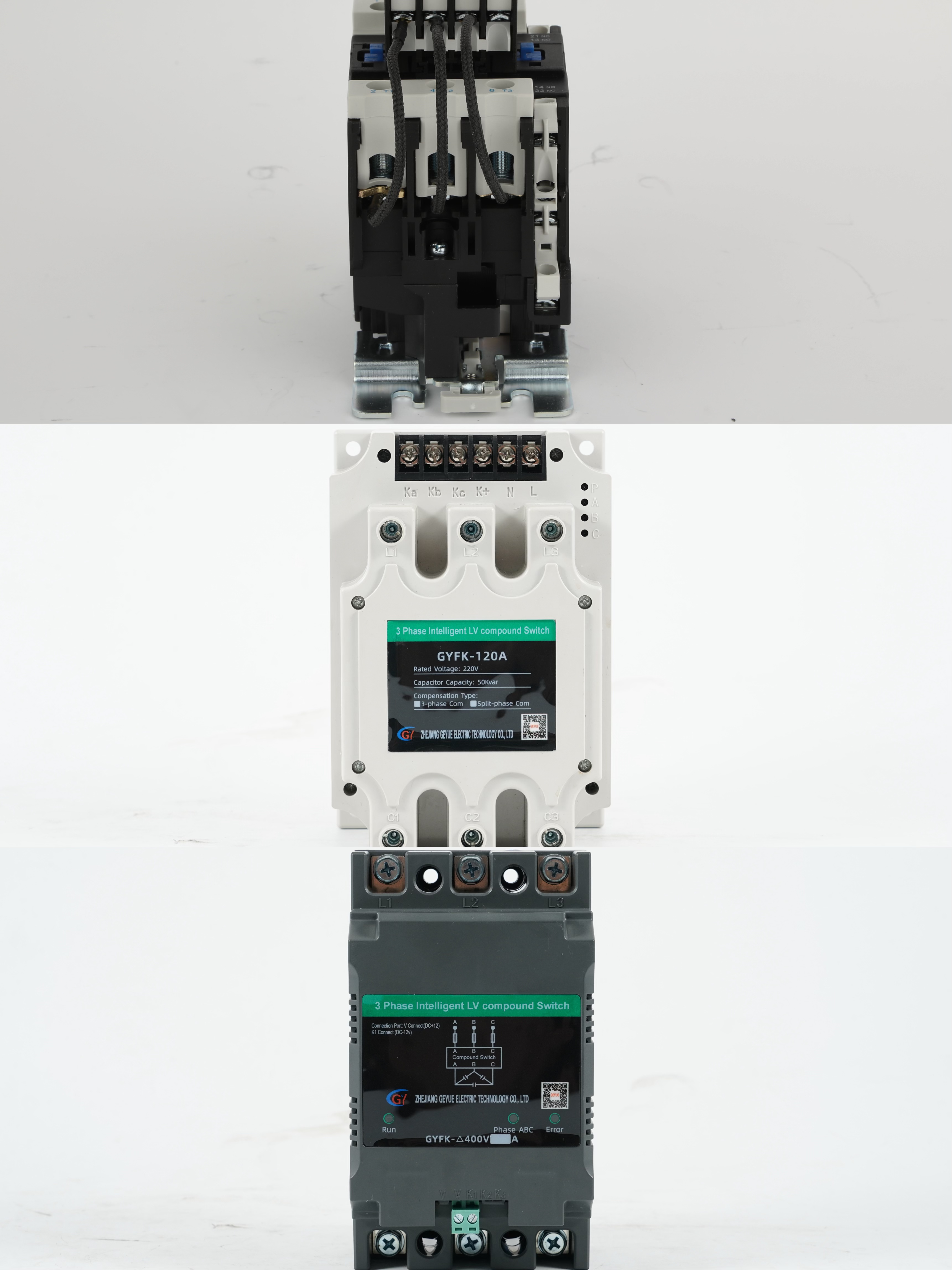How Can the "Minimization" Upgrade of Reactive Power Compensation and Harmonic Control Be Achieved in the Renovation of Old Distribution Rooms?
Facing increasingly stringent power quality requirements and limited space conditions, the renovation of old distribution rooms is encountering unprecedented challenges. In this article, Geyue Electric will, from the perspective of a manufacturer of low-voltage reactive power compensation equipment, systematically elaborate on how to achieve the minimal upgrade plan for reactive power compensation and harmonic control systems in renovation scenarios with limited space, tight budget, and strict requirements for power outages. Through innovative technologies such as modular design, multi-functional integration and intelligent control, while ensuring the renovation effect, Geyue Electric's low-voltage reactive power compensation solutions are absolutely able to minimize the intervention on the original distribution system and provide an economical and reliable upgrade path for industrial enterprises.

Special Challenges Faced in the Renovation of Old Distribution Rooms
In our industrial system, there are numerous outdated distribution rooms that have been in operation for over 15 years. These power facilities were not adequately designed to address the harmonic pollution issues brought about by modern power electronic equipment, nor were there sufficient spaces to accommodate new reactive power compensation devices. During the renovation process, enterprises usually encounter three core contradictions: Firstly, there is a contradiction between the limited space in the distribution rooms and the demand for equipment expansion. Secondly, there is a contradiction between the renovation budget and the governance effect. Most importantly, there is a contradiction between the requirement for continuous production and the power outage caused by equipment replacement.
Traditional renovation plans usually require structural modifications to the power distribution room, such as expanding the room area and reconfiguring the busbar system. This not only incurs high construction costs but also may lead to long-term production line shutdowns. For instance, a cement factory in 2018 experienced a 72-hour production line shutdown due to the relocation of the main transformer, resulting in direct economic losses of over 3 million yuan. Such cases have led more and more enterprises to seek "minimum intervention, maximum benefit" upgrade solutions.
The Technical Implementation Path for Minimizing Upgrades
The core of achieving minimal upgrades lies in the miniaturization, intelligence, and multi-functional integration of the equipment. Modern power electronics technology makes this goal possible. Taking the latest intelligent compensation module developed by a certain brand as an example, it uses silicon carbide (SiC) power devices, with a power density three times that of traditional TSC devices. Under the same capacity, the volume is reduced by 60%. This high-density design enables the new equipment to be directly embedded in the original compensation cabinet frame without occupying additional space in the distribution room.
Multifunctional integration is another key technical path. Integrating the APF (Active Power Filter) active filtering function and the SVG (Static Var Generator) dynamic compensation function on a unified platform not only saves installation space, but more importantly reduces the communication delay between systems and improves the response speed. Test data shows that this integrated device has a comprehensive energy efficiency 12% higher than the separate solution, and reduces 30% of the wiring workload, significantly reducing the complexity of the renovation.
The intelligent control system provides "soft" support for minimizing upgrades. The local controller based on edge computing technology can autonomously learn the load characteristics and adjust the compensation strategy in advance through predictive algorithms. A case study of a chemical plant renovation shows that after adopting the intelligent control system, the number of equipment startups decreased by 45%, significantly extending the lifespan of components.
Comparative Analysis of Typical Renovation Schemes
To visually demonstrate the advantages of minimizing upgrades, we compared two renovation plans for a certain automotive component factory. The factory's power distribution room was built in 2005 and has an area of only 40 square meters. The original reactive power compensation cabinet was severely aged, and the newly added welding robots in the production line caused harmonic levels to exceed the standard.
Scheme A adopts the traditional renovation approach: the existing compensation cabinet is removed, and one APF filter cabinet and one SVG compensation cabinet are newly built. This requires an additional 5 square meters of floor space. During the renovation process, power outage will last for 8 hours, and the total investment is 780,000 yuan.
Option B adopts a minimal upgrade plan: The original cabinet structure is retained, and an integrated intelligent compensation module is installed instead. The additional area occupied is only 0.8 square meters. The hot-swappable technology is used to achieve uninterrupted power supply during the renovation, with a total investment of 620,000 yuan.
The operation data show that Scheme B is comparable to Scheme A in terms of key indicators such as harmonic suppression rate (THD reduced from 18% to 4.2%) and power factor (increased from 0.76 to 0.94). However, it saves 84% of space and reduces power outage losses by approximately 250,000 yuan. The overall benefits are significantly superior to those of the traditional scheme.
Future Technological Development Directions
With the advancements in materials science and manufacturing techniques, the minimization upgrade technology will continue to evolve in three directions. The first direction is device-level innovation. The commercial application of gallium nitride (GaN) power devices is expected to further reduce the size of compensation equipment by 30%, while increasing the switching frequency to above 100 kHz. This will significantly improve the control effect of high-frequency harmonics.
The second direction is the in-depth application of digital twin technology. By completely replicating the distribution system in a virtual environment, digital twin technology can simulate the effects of various renovation plans in advance, significantly reducing the on-site debugging time. A certain automobile factory in Germany has achieved "digital pre-inspection" for the renovation plans, reducing the actual construction time by 60%.
The final direction is distributed compensation within the framework of the energy internet. In the future, the upgrade of old distribution rooms may no longer be limited to local equipment replacement, but will instead be achieved by connecting to the regional power quality governance cloud platform through 5G communication, enabling cross-factory collaborative optimization. This model is particularly suitable for cluster-based renovations within industrial parks.
The minimal upgrade of an old distribution room is not merely a simple replacement of equipment; it is a comprehensive engineering project that takes into account technical feasibility, economic rationality, and implementation convenience. By adopting high-density, integrated, and intelligent new compensation equipment, significant improvements in power quality can be achieved under limited conditions. Geyue Electric, as a manufacturer of low-voltage reactive power compensation equipment, will continuously promote technological innovation to help customers obtain the maximum benefits at the minimum cost and achieve a smooth upgrade of the power system. If your old distribution room also needs a minimal upgrade, please feel free to contact us at info@gyele.com.cn.
- Can Cylinder Self-healing Shunt Capacitor Become the Ideal Choice for the Smart Grid Era?
- Apart from Saving Electricity Costs, What Value does Low-Voltage Reactive Power Compensation Bring to Enterprises?
- How does the Temperature Dependence of a Capacitor's Capacitance Value affect the Tuning Point of a Detuned Filter Circuit?
- Is There a Non-Invasive Way to Monitor the Internal Health of Power Capacitors, Such as Their Equivalent Series Resistance (ESR)?
- What Is the Concept of "Reactive Power Banking" or "Reactive Power Dispatch" in a Smart Grid Context?
- What Are the Recycling and Disposal Plans for Self-Healing Shunt Capacitors after the End of Their Life Cycle?

